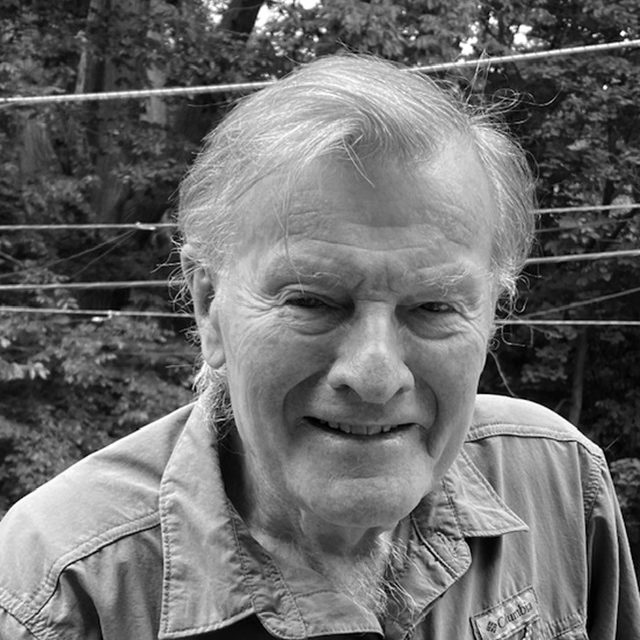David W. Lightfoot
Born to Parse: How Children Invent Variable Properties
Conferencista
-
David W. Lightfoot

David W. Lightfoot
David Lightfoot is a professor in the Department of Linguistics in the College; director of the Communication, Culture, and Technology program in the Graduate School of Arts and Sciences; and co-director of Ph.D.-level interdisciplinary concentration in cognitive science in the Graduate School of Arts and Sciences. He joined the Georgetown faculty in 2001.
Resumo →
David W. Lightfoot
Born to Parse: How Children Invent Variable Properties
Like birds born to chirp, humans are born to parse, predisposed to assign linguistic structures to what they hear. This yields a view of language variation quite different from one based on parameters defined at UG.
This approach to language acquisition makes two contributions to Minimalist thinking. First, it minimizes the pre-wired components of internal languages, dispensing with three major entities: parameters, an evaluation metric for the selection of grammars, and any independent parsing mechanism. Instead, I argue, children use their internal grammar to parse the ambient external language they experience. Universal Grammar is “open,” consistent with what children learn through parsing.
Second, our understanding of language acquisition yields a new view of variable properties, properties that occur only in certain languages. Under this open UG vision, specific peculiarities arise in response to new parses. Both external and internal languages play crucial, interacting roles: unstructured, amorphous external language is parsed and an internal language system results.
My Born to parse (to be released on 25 August 2020, MIT Press) explores case studies that show innovative parses of external language shaping the history of languages. I discuss 1) how children learn through parsing, 2) the role of parsing at the two interfaces between syntactic structure and the externalization system (sound or sign) and logical form, 3) language change, and 4) variable properties seen through the lens of an open UG. This, in turn, yields a view of variation compatible with recent work by evolutionary biologists (e.g., Weiner 1994 The beak of the finch: A story of evolution in our time. New York: Knopf).
